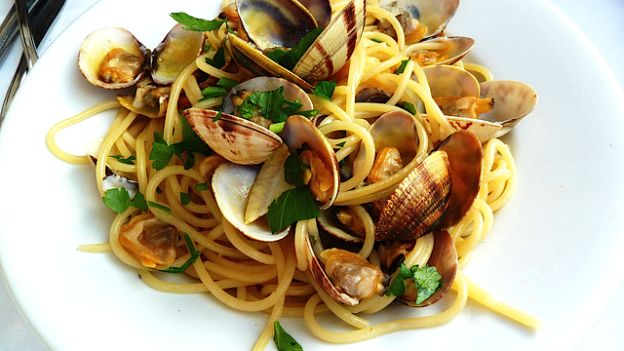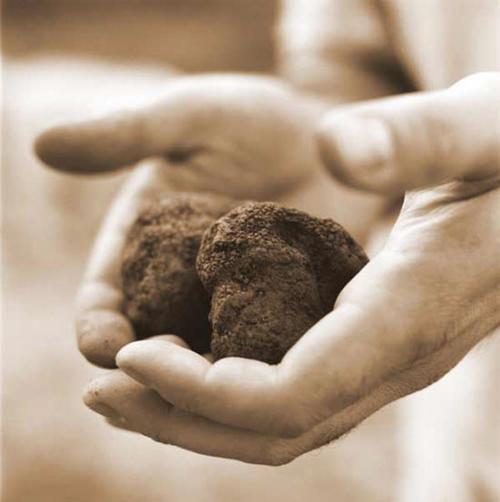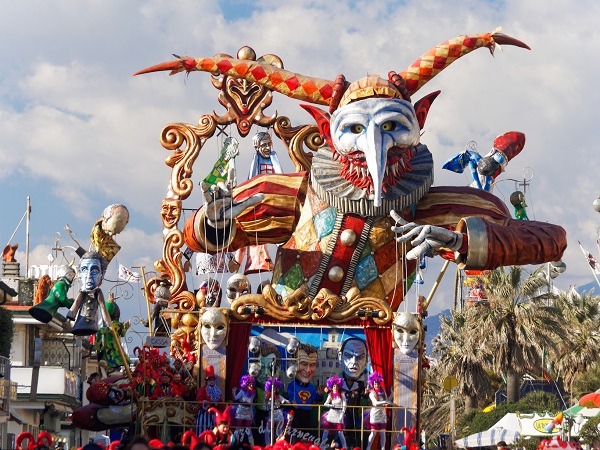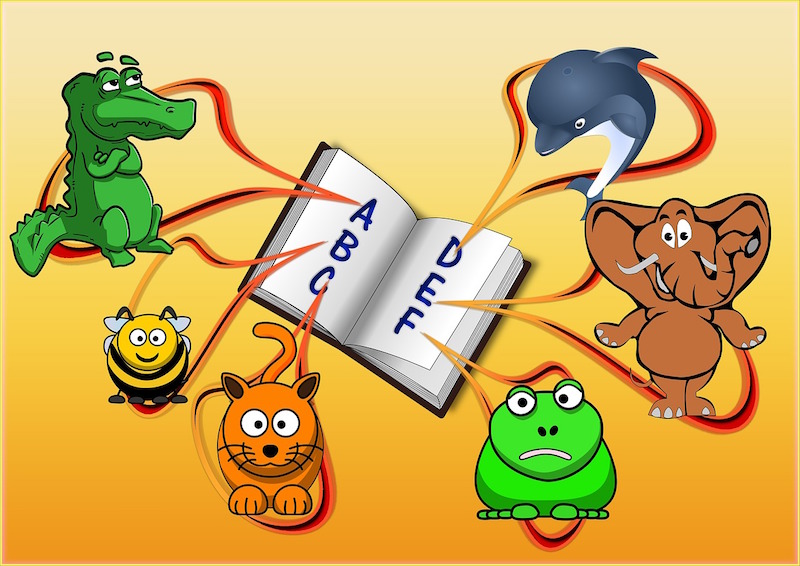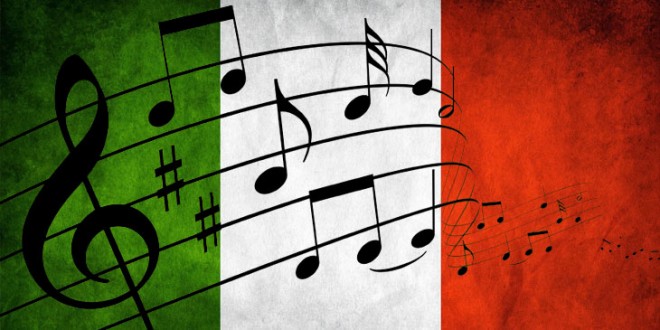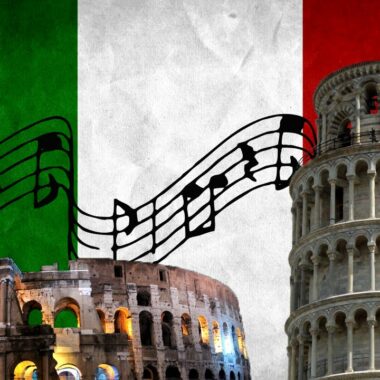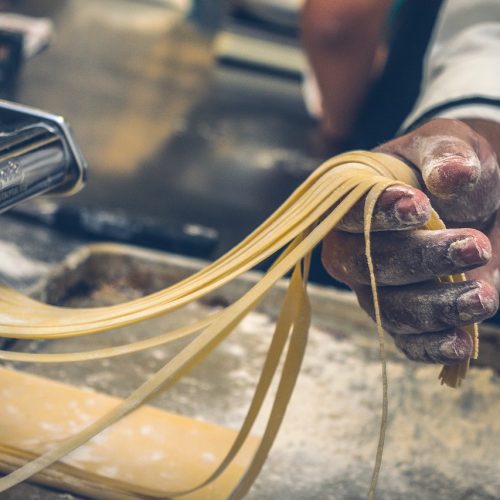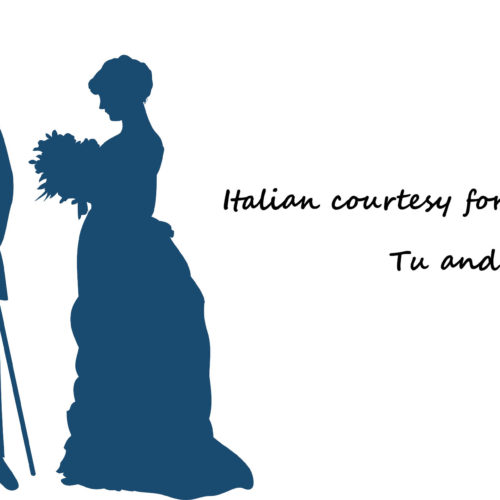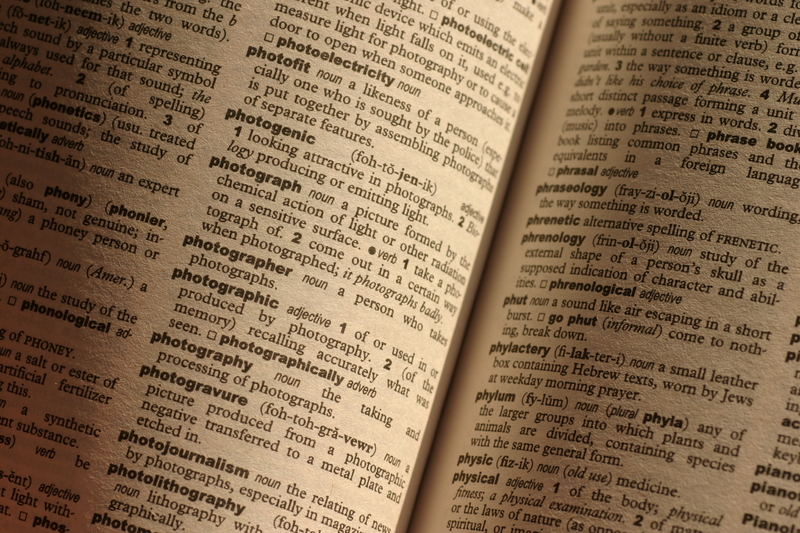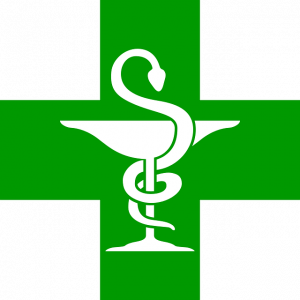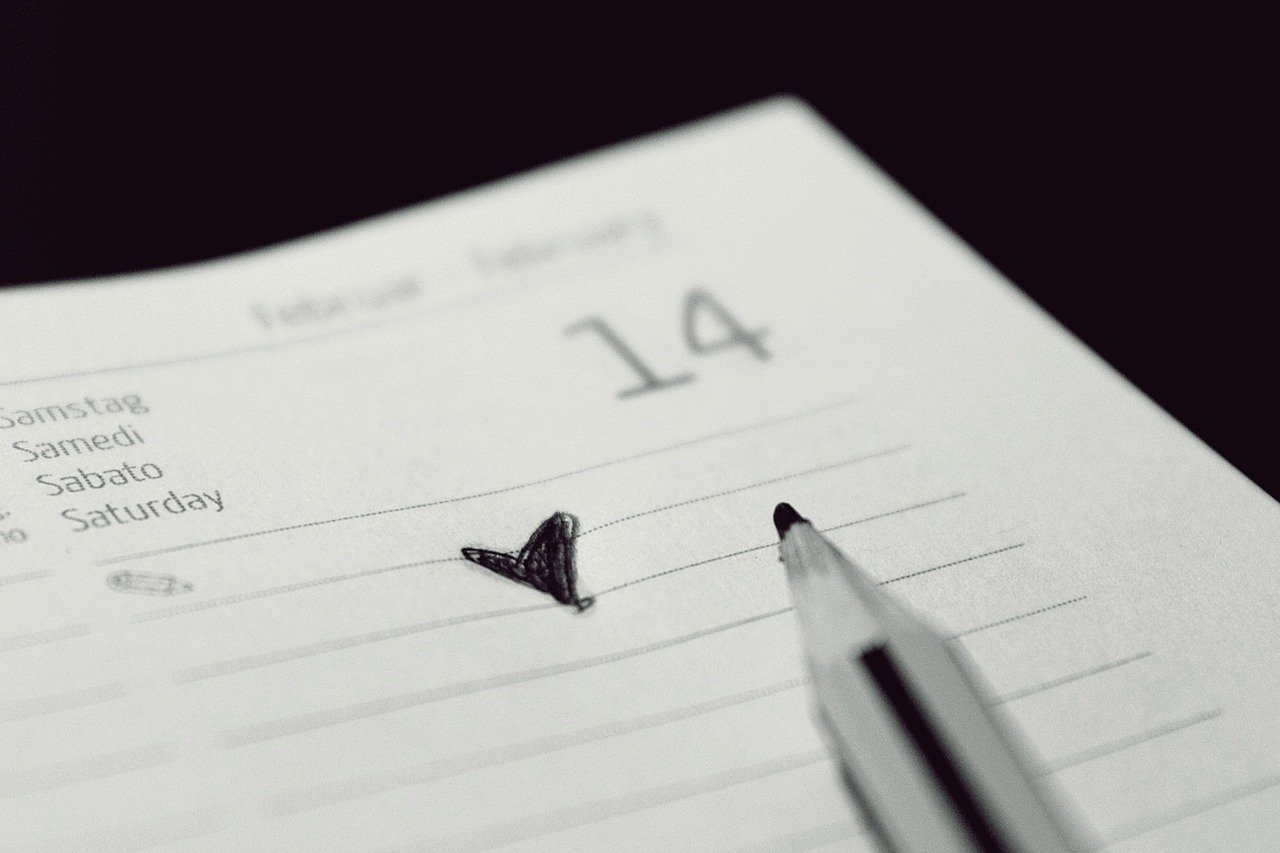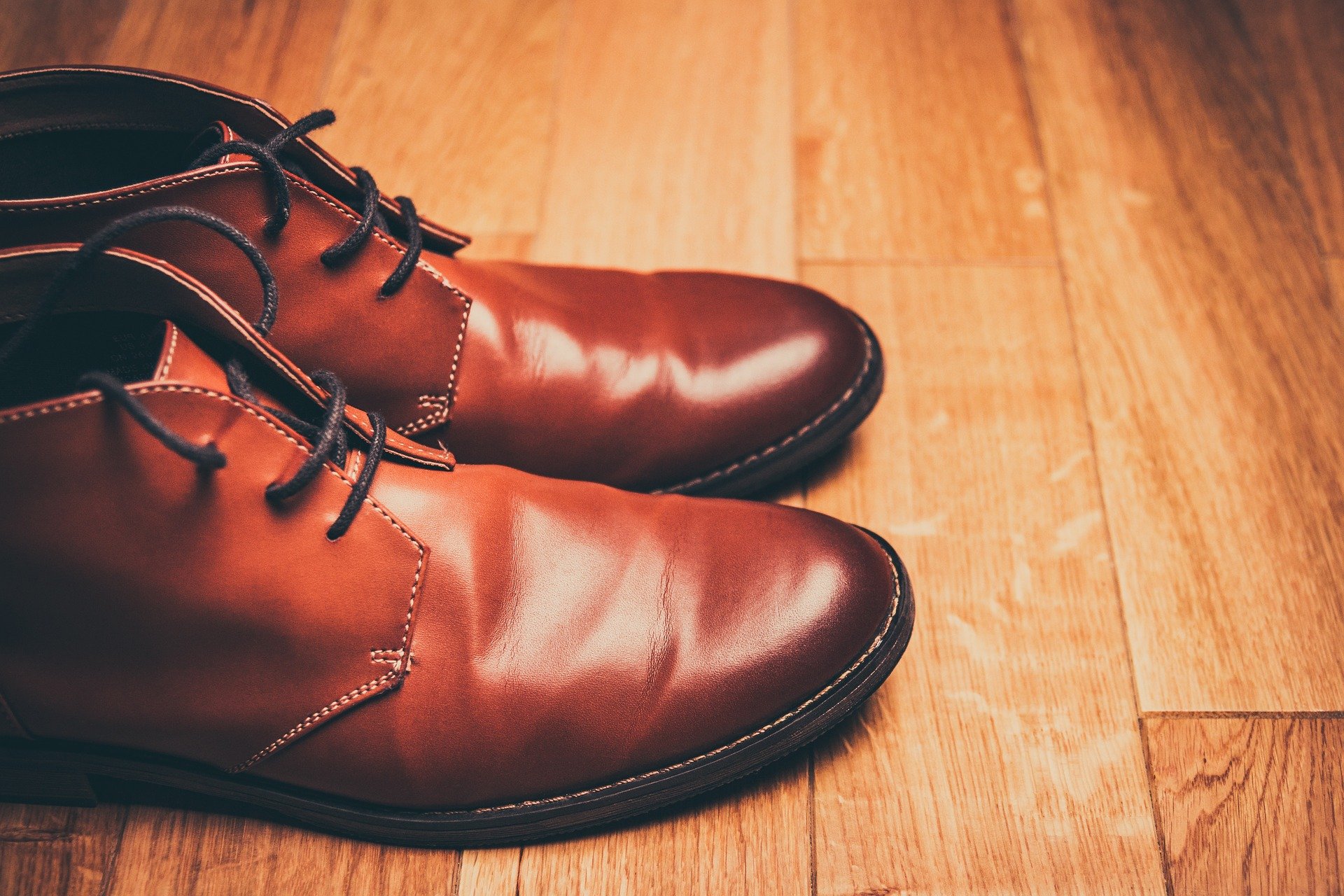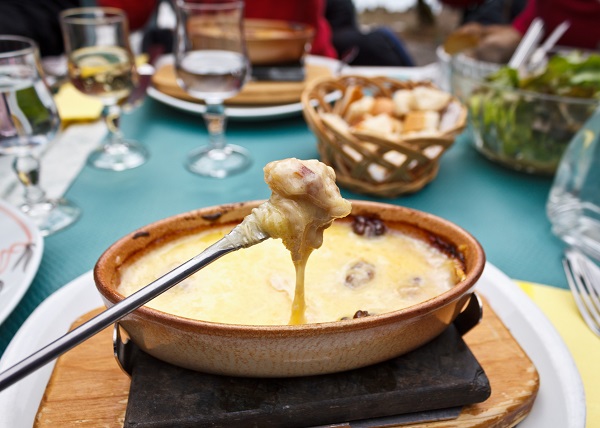Describing an object or an animal in Italian is relatively easy, but things get a bit more complicated when you’re looking to describe a person. When talking about a person it’s not just appearance you have to worry about, but describing other factors like character, temperament, behavior and so on.
Describing Character
Use adjectives and idiomatic expression to describe a person’s character.
Che bel caratterino che hai! = What a temper!
Egli è di carattere aggressivo = He is aggressive by nature.
Mario è un ragazzo ragionevole, serio ed affidabile = Mario is a sensible boy, serious and reliable.
Claudia è una ragazza allegra, dal carattere aperto, costante nel lavoro e senza “grilli per la testa” =
Claudia is a cheerful girl; open, frank, constant (she is fully committed to her job and doesn’t leave things half done). The last part of the sentence indicates that Claudia also has her feet on the ground (ella non è capricciosa = she is not capricious). But nobody is perfect, not even Claudia, she has a flaw: she is jealous! To express this we would say…
Claudia è gelosa di Marco = Claudia is jealous of Marco.
Claudia è gelosa della sua vita privata = Claudia is protective of her privacy.
Here are some other handy expressions…
Claudia è buona come il pane = Claudia is very good-hearted.
Carlo è un bambino capriccioso = Carlo is naughty (too lively).
Marco è testardo come un mulo = He’s stubborn as a mule.
Una ragazza dall’aspetto timido = A shy-looking girl.
Mario è un ragazzo avventato, irresponsabile = Mario is a reckless boy.
Egli è un ragazzo presuntuoso = He is a conceited young man
Egli è molto presuntuoso = He is very full of himself.
Marina è una persona concreta = Marina is a practical person.
Matteo è un uomo geniale = Matteo is a man of genius.
Paolo è un bambino giudizioso = Paolo is a sensible boy.
Descriptions by Comparison
Often to describe a character we make comparisons to things or animals. For example, I can say to someone who is a slowpoke, “sei lento come una lumaca” (“you’re as slow as a snail”). Alternately you can also tell someone that he is smart like a fox or crazy as a fox (“essere furbo come una volpe“), curious or mischievous as a monkey (“essere curiosi e dispettosi come una scimmia“) or strong as a bull (“egli è forte come un toro“).
Describing Physical Appearance
In many cases, while describing a person, you’ll also want to touch on the way they look. For example, you might say that someone has a round or oval face, that their skin is pale or a normal tone or that they are blushing (ie. faccia rotonda, faccia ovale, pallida, carnagione normale, rossiccia.)
Some words we use to describe noses include regular, sharp, turned up, aquiline and boulbous (ie: naso regolare, affilato, all’insù, aquilino, a patata). To describe eyes you can use the following:
almond-shaped = occhi a mandorla
bulging eyes = occhi sporgenti
to be cross – eyed = avere gli occhi storti
verdi, castani, neri, azzurri = green, brown, black, blue
If you want to describe someone’s hair you can start with color like black, blonde, brown or grey (neri, biondi, castani or grigi) then go on to describe the type, for example, curly, short, straight, wavy or bald (ricci, corti, lisci, mossi, calvo).
If you want to say that someone is fat you would say “grosso,” if someone is slight you could say “corporatura sottile.” Of course, there are words to use to describe someone who is tall (“alto”), short (“basso”), skinny (“magro”) or a little person (“dwarf.”) If you want to compliment someone’s legs you can tell them that they’re shapely (“gambe ben tornite”) or long (“lunghe”). Of course, there are those who are unfortunately bow-legged or, as the Italians say, have “le gambe storte” (crooked legs).
How do you describe a mouth? Big, small, full lips, thin lips, heart-shaped, harelip (larga, piccola, labbra peine, labbra sottili, bocca a forma di cuore, labbro leporino). And what about facial hair? There are moustaches (baffi) that are short and clipped (baffi corti, a spazzola) and sideburns (basetti).
Some Words Used to Describe a Person
Piacevole, gradevole = pleasant
Preoccupato, inquieto = worried
Timido = shy, timid
Sorridente = smiling
Adorabile = adorable
Casalingo = homely
Elegante = elegant
Sconcertato = bewildered
Dinamico = dynamic
Affascinante = glamorous
Sano = healthy
Riflessivo = thoughtful
Superbo = magnificient
Sporco, sudicio = filthy
Prestante = handsome
Rassicurante = self-assured
Coraggioso = plucky
Attraente = lovely
Allegro = cheerful
Impacciato, maldestro = clumsy
Smorto, scialbo = dull
Onesto = fair
Attraente = attractive
Dolce = sweet
Gioviale, gioioso = jolly
By Elisa Bressan


